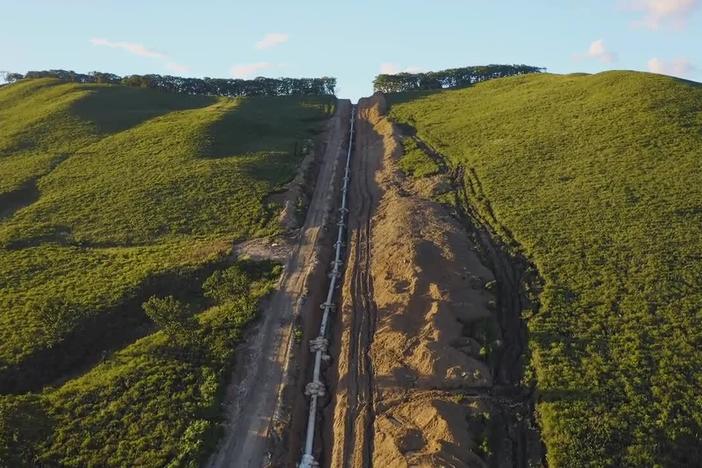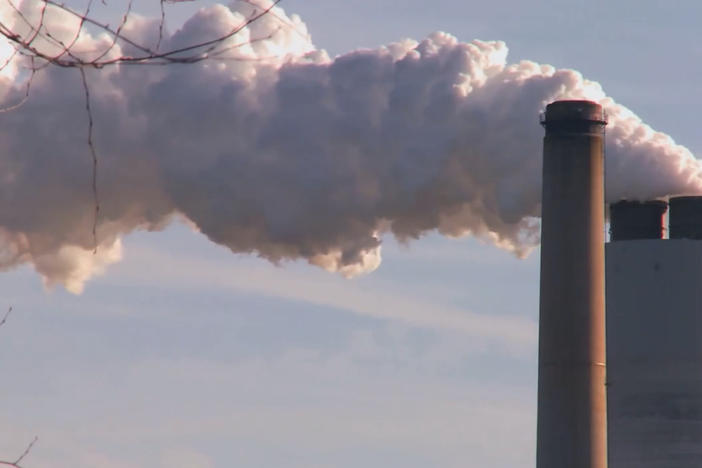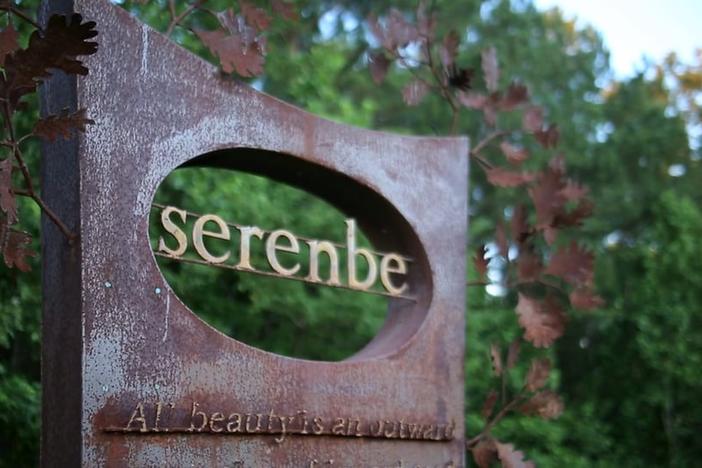Segment C: Sustainability in Practice
Follow host Raiany Silva and Chief Operating Officer, Garnie Nygren, into the new-urban village of Serenbe. This community utilizes emerging technologies such as specialized solar panels, insulation, and even strategic window placement to reach its goal of a "net zero" environmental impact.
Segment C: Sustainability in Practice
1,400 acres in Chattahoochee Hills have been completely constructed with geothermal technology. Follow host Raiany Silva and Chief Operating Officer, Garnie Nygren, into the new-urban village of Serenbe. This community utilizes emerging technologies such as specialized solar panels, insulation, and even strategic window placement to reach its goal of a "net zero" environmental impact. Learn more about this unique neighborhood in this episode of Let's Go Enviro.
Science
Obtain, evaluate, and communicate data to predict the sustainability potential of renewable and non-renewable energy resources.
Design and defend a sustainable energy plan based on scientific principles for your location.
Differentiate between nonrenewable and renewable energy sources.
Explain renewable resource options for heating a home.
Explain the advantages and challenges of using solar energy to heat a home.
What are ways to create energy efficiency in the home?
audit: a systematic review or assessment of something
carbon-neutral: a state of net-zero carbon dioxide emissions; can be achieved by balancing emissions of carbon dioxide with its removal or by eliminating emissions from society
clean energy: energy generated from recyclable sources without emitting greenhouse gases
energy: usable power (such as heat or electricity)
energy efficiency: the process of reducing the amount of energy required to provide products and services
hydroelectric energy: a renewable source of energy that generates power by using a dam or diversion structure to alter the natural flow of a river or other body of water
Industrial Revolution: the process of change from an agrarian and handicraft economy to one dominated by industry and machine manufacturing
watt: the International System of Units' (SI) standard unit of power (energy per unit time), the equivalent of one joule per second; used to specify the rate at which electromagnetic energy is radiated, absorbed, or dissipated
methane: an odorless, colorless, flammable gas that is used primarily as fuel to make heat and light and can be formed by the decay of natural materials
natural resource: materials or substances such as minerals, forests, water, and fertile land that occur in nature and can be used for economic gain
nonrenewable energy: comes from sources that will run out or will not be replenished in our lifetimes—or even in many, many lifetimes
fossil fuels: coal, petroleum, and natural gas
nuclear energy: the energy in the nucleus, or core, of an atom; nuclear energy can be used to create electricity, but it must first be released from the atom
power grid: an interconnected network for electricity delivery from producers to consumers
renewable energy: resources that continue to exist despite being consumed or can replenish themselves over a period of time even as they are used
solar energy: any type of energy generated by the sun
sustainability: a societal goal that broadly aims for humans to safely co-exist on Earth over a long time
turbine: a machine that transforms rotational energy from a fluid that is picked up by a rotor system into usable work or energy
wind energy: the process by which the wind is used to generate mechanical power or electricity





